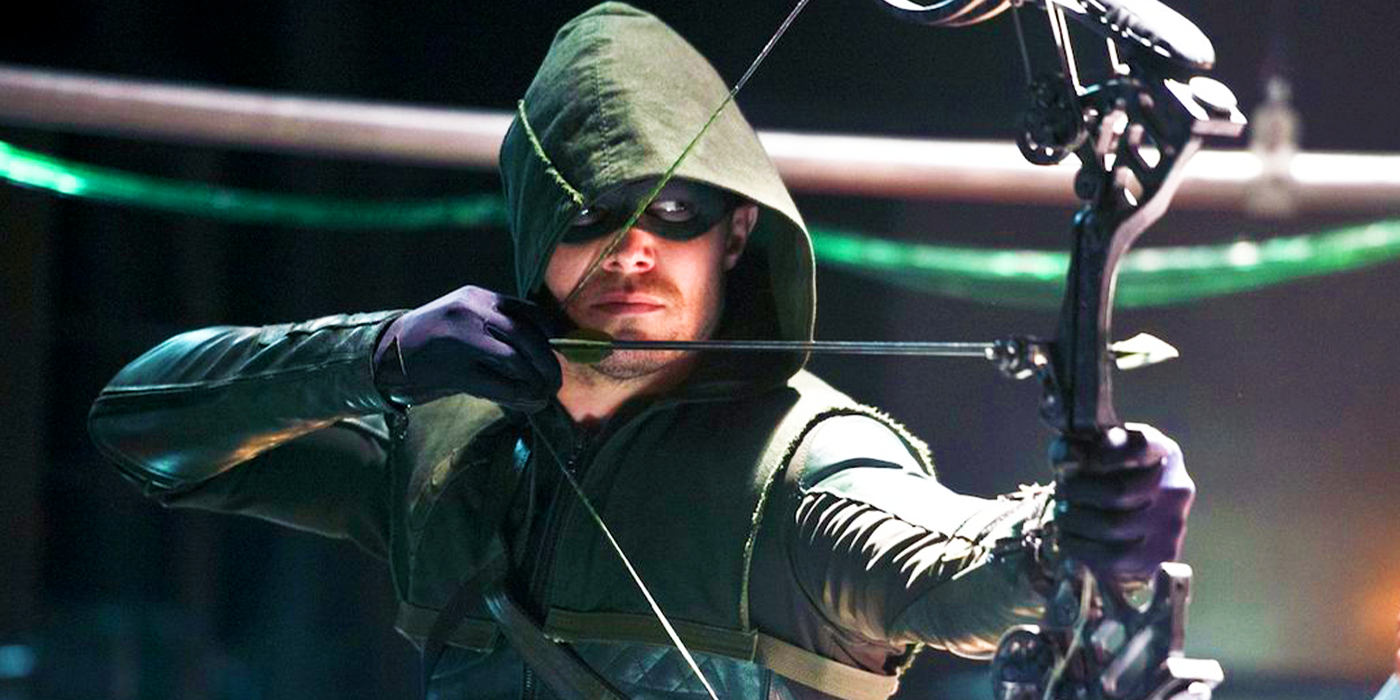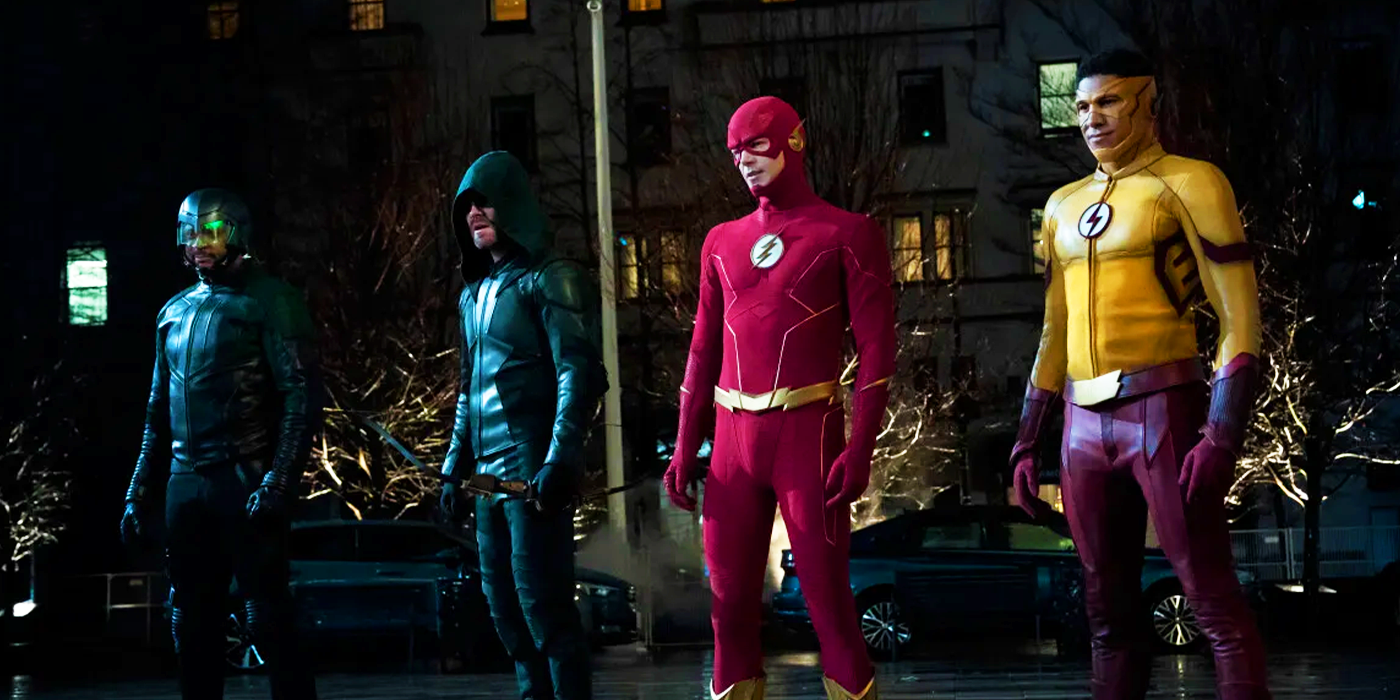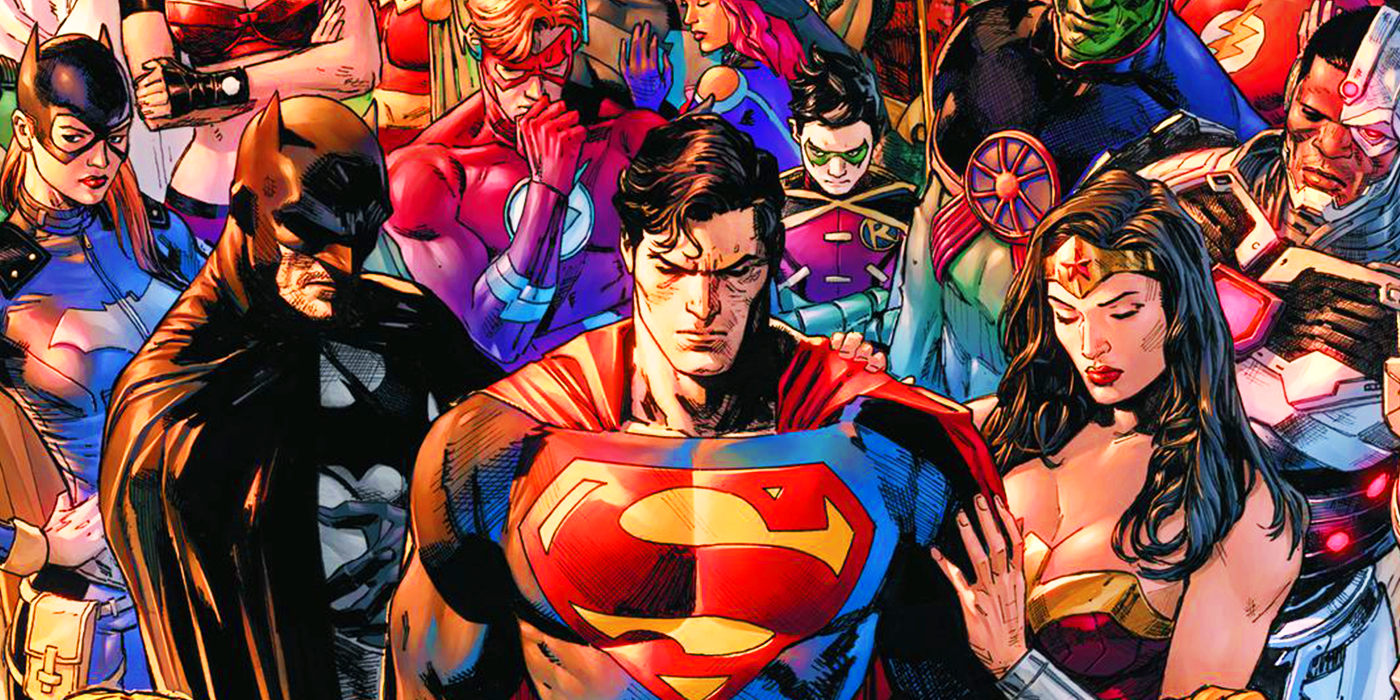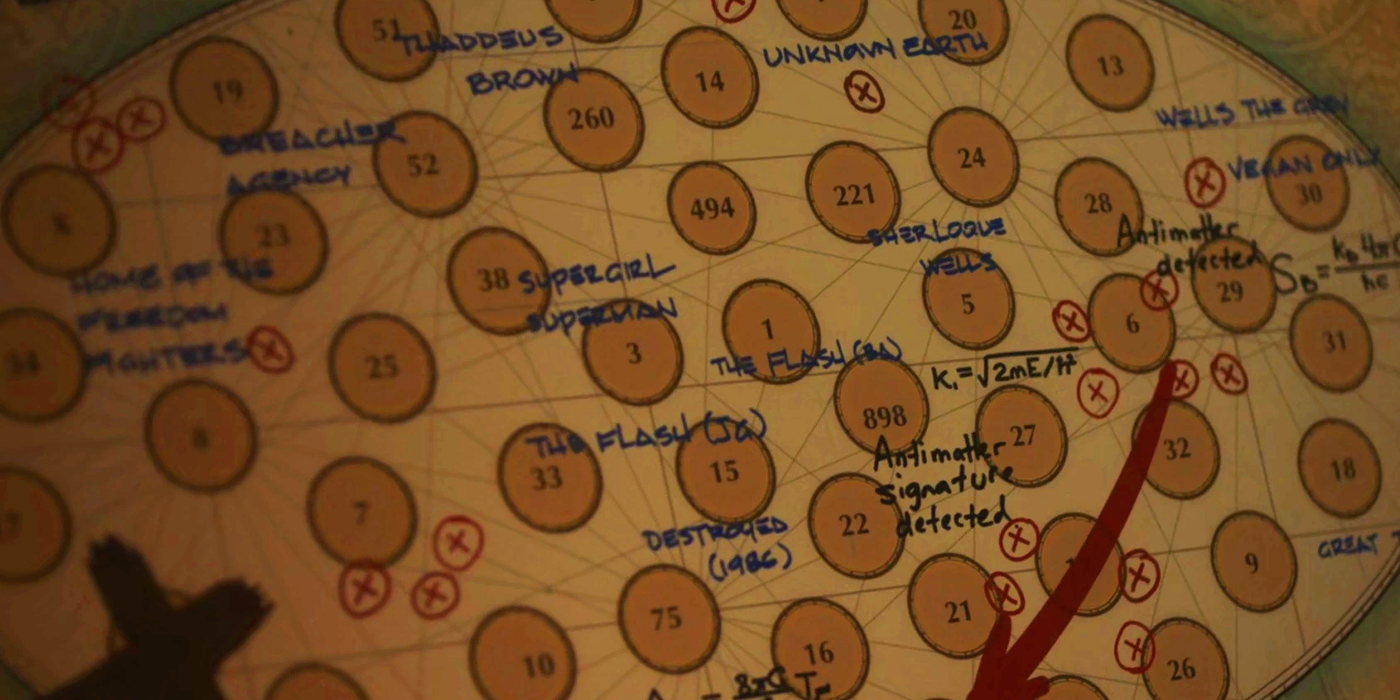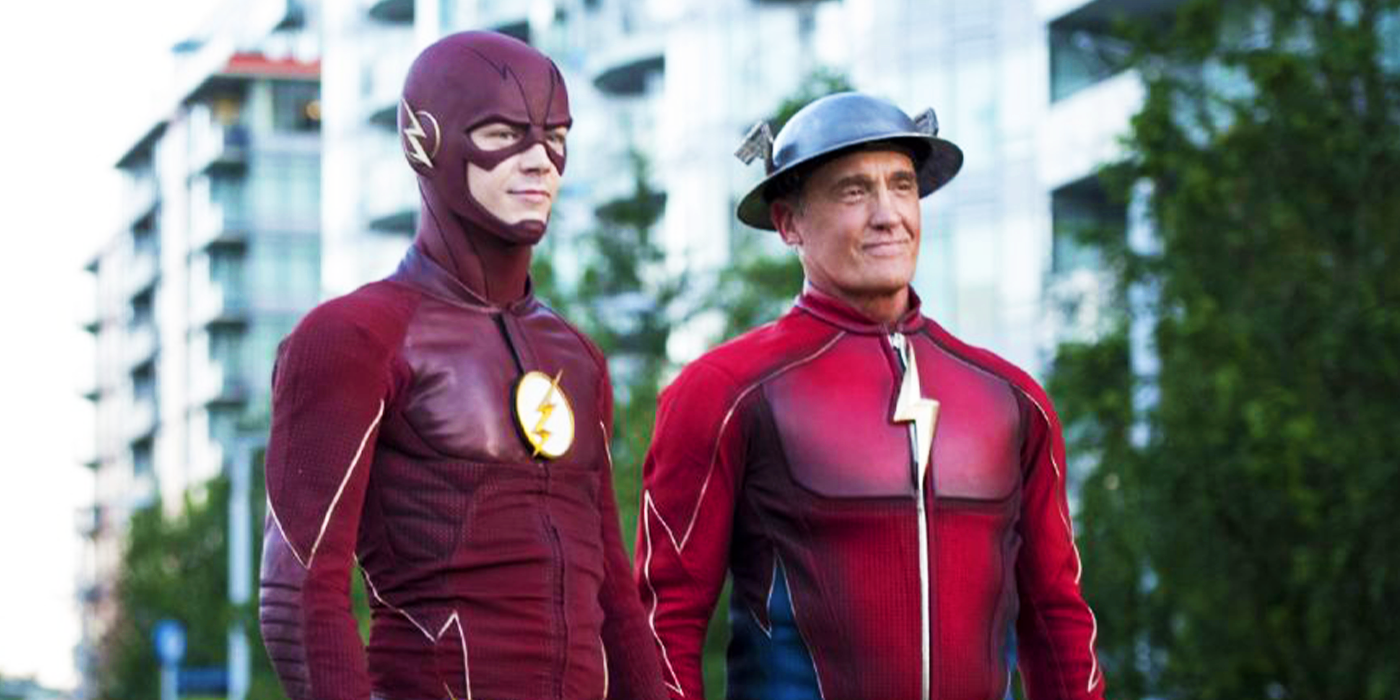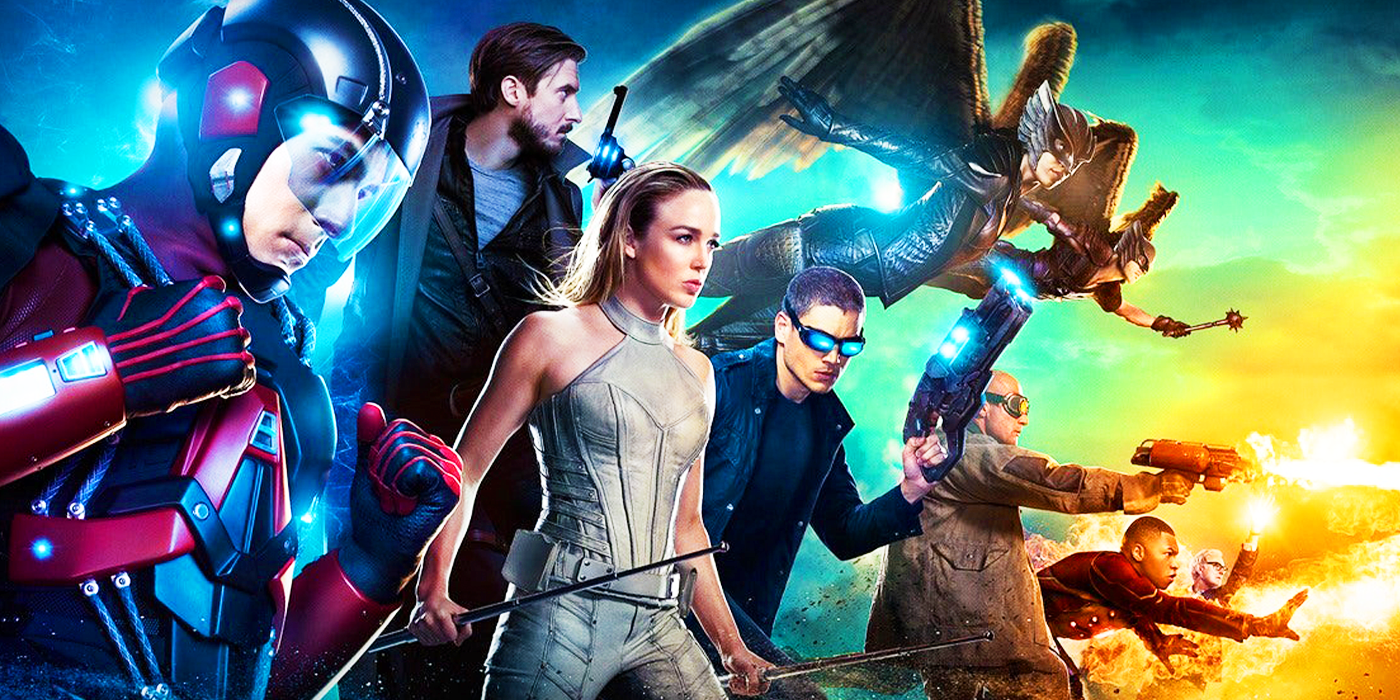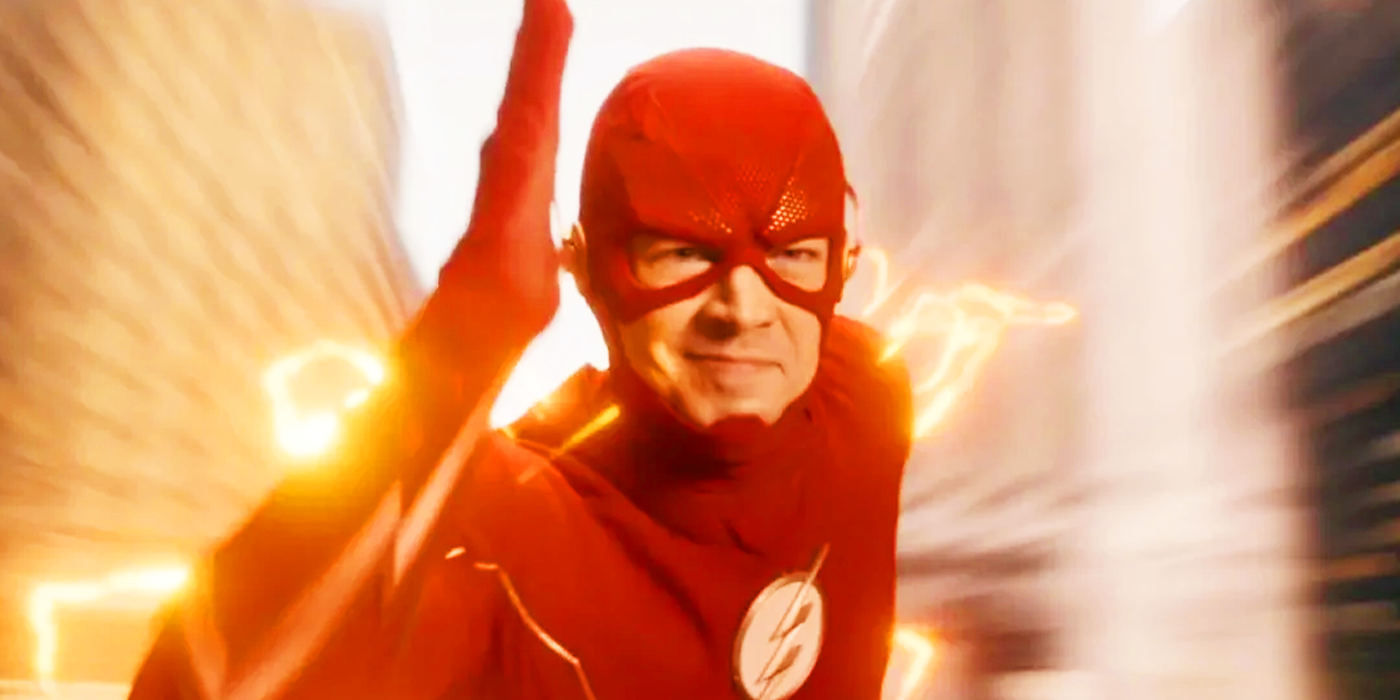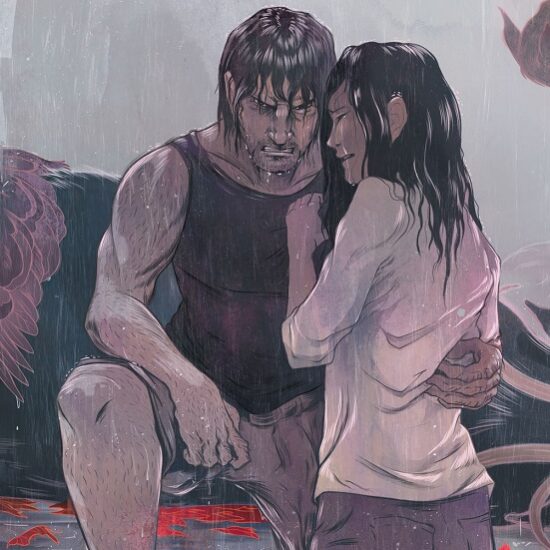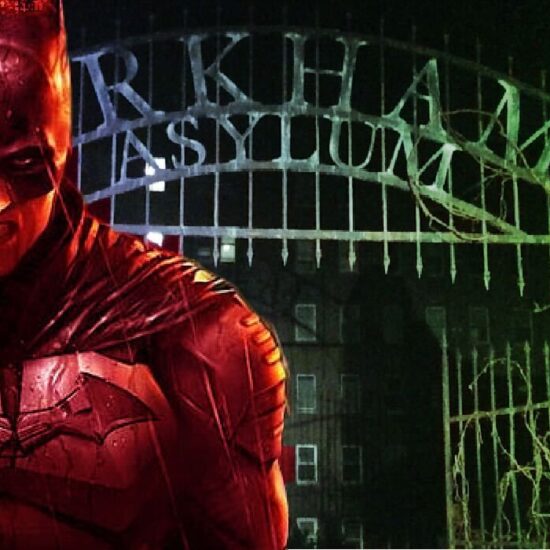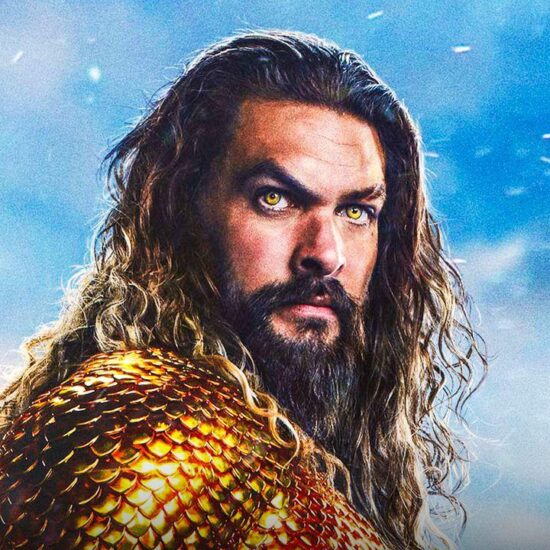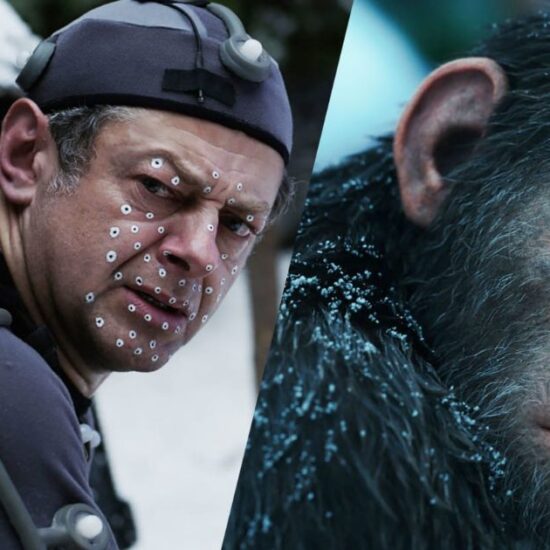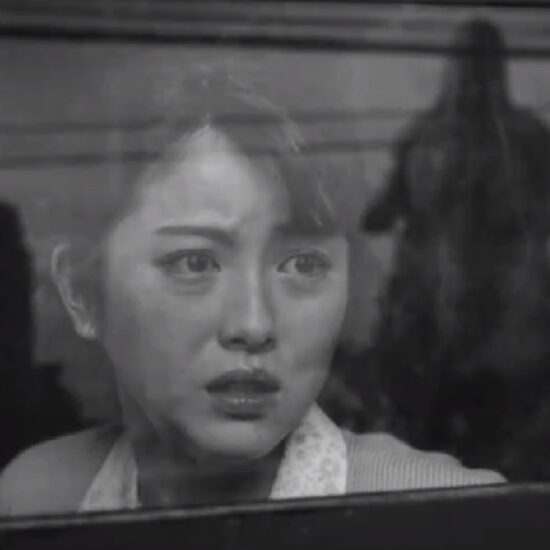
Summary
- The new DC Universe should take a gradual approach to introducing its heroes, similar to the success of the Arrowverse.
- A strong foundation, like Arrow in the Arrowverse, is crucial for the success of the new DC Universe.
- The DC Universe should take inspiration from the Arrowverse in terms of diverse and strong casting, embracing the often surreal stories and characters in DC Comics, and incorporating the multiverse concept without overusing it.
When planning for the future of the new DC Universe, DC Studios co-CEOs James Gunn and Peter Safran can learn some valuable lessons from the success of The CW’s Arrowverse. After a long period of turmoil behind-the-scenes at Warner Bros. and DC Studios, and a series of releases that performed disappointingly, the DC Extended Universe is set to be rebooted into the DC Universe. The DCU will kick off with Creature Commandos and Waller in 2024 before Superman: Legacy releases in 2025. While Gunn and Safran may avoid repeating the mistakes of the DCEU, more successful inspiration can be found in DC’s television shows, namely those in The CW’s Arrowverse.
While the decade-long DCEU was plagued with problems, both in front of and behind the camera, The CW’s Arrowverse seemed to go from strength to strength, introducing characters from DC Comics into a television-based franchise separate to Warner Bros.’ big-screen productions. Featuring six main TV series, two animated series, and even folding two past shows into its continuity, the Arrowverse focused on iconic heroes such as Green Arrow, the Flash, Supergirl, and Batwoman between 2012 and 2023. While popularity waned in more recent years, DC Studios can still learn a lot from the success of the Arrowverse, which could help to inform the future of the new DC Universe.
10 The DC Universe Should Be Built Up Slowly
The Arrowverse Grew Over A Number Of Years
While the DCEU rushed into bringing Superman, Batman, and Wonder Woman together in Batman v Superman: Dawn of Justice, the Arrowverse took a much more gradual approach to introducing its heroes. For two years, the franchise focused solely on Stephen Amell’s Oliver Queen, a.k.a. Green Arrow, with subsequent heroes debuting when the timing allowed. This slow growth never felt forced, and characters introduced in one project would often end up leading another, such as Caity Lotz’s Sara Lance, who first appeared in Arrow before starring in Legends of Tomorrow. The DCU would benefit from this gradual build up, with more projects being produced if the pre-established ones are already working.
The CW’s Arrowverse comprises six primary TV shows: Arrow, The Flash, Supergirl, Legends of Tomorrow, Black Lightning, and Batwoman, as well as the Vixen and Freedom Fighters: The Ray animated series’, and Constantine and The Flash from 1990.
9 The DC Universe Needs A Strong Foundation
Arrow Kicked Off The Arrowverse In 2012
The gradual expansion of the Arrowverse was only possible because the franchise had an incredibly strong foundation with Arrow. Stephen Amell debuted as Oliver Queen in the Arrowverse’s first series – and the series to gift the franchise its name – in 2012, and finally hung up his bow and arrow in 2020. Arrow season 2, episode 8, “The Scientist,” and episode 9, “Three Ghosts,” served as backdoor pilots to The Flash, the Arrowverse’s second series, though Arrow would run for two whole seasons before The Flash premiered in 2014. The DCU would benefit from establishing a strong base similar to Arrow, which may be planned for Superman: Legacy.
8 The DC Universe Shouldn’t Stick Too Religiously To Comic Storylines
The Arrowverse Changed DC’s Stories & Characters Routinely
One of the biggest criticisms of the DCEU dating back to its very start with 2013’s Man of Steel was that the characters Zack Snyder created were too dissimilar to those in DC Comics. However, this could work in the DCU’s favor, just as it did for the Arrowverse. While many aspects of the Arrowverse’s storylines were taken straight from the pages of DC Comics, character relationships were changed depending on the chemistry between actors, and many were reinvented completely to better fit the tone of the franchise. This organic growth would be great to replicate in the DCU, figuring out what works and making changes to enhance these aspects.
An example of the Arrowverse making a change because of the actors was pairing Oliver Queen with Felicity Smoak, as he is romantically involved with Dinah Lance in DC Comics.
7 The DC Universe Needs Strong & Diverse Casting
The Arrowverse’s Casting Choices Were Inspired
The DCEU faced many issues with casting, particularly when it came to controversies surrounding particular actors, which only proved the importance of hiring a strong cast. With this also comes a need for diverse casting, which is something that the Arrowverse always excelled at. Not only were many people of color placed in positions of some iconic superheroes, such as David Harewood as Martian Manhunter, but the Arrowverse also showcased LGBT+ actors and characters, including Sara Lance and Dreamer, portrayed by transgender actor Nicole Maines. DC Studios has already confirmed several actors for Superman: Legacy and other DCU projects, so hopefully this strong casting continues.
6 The DC Universe Needs To Remember How Weird The Comics Are
The Arrowverse Leaned Into The Magic Of DC Comics
While the DCEU often ignored the wackiness and weirdness of DC Comics’ storylines and characters in favor of a gritter and more mature version of events, the Arrowverse never shied away from bringing some of DC’s more bizarre stories to life. This is something that the DCU would certainly benefit from repeating, especially early on, as audiences are hoping for more light-heartedness and fun from the new franchise. The Flash’s sometimes-goofy villains were great to see in live-action, Legends of Tomorrow’s insane overarching storylines became more palatable with its vibrancy, and even Arrow included some outlandish moments, though these all worked to enhance the entire franchise.
The Arrowverse never shied away from bringing some of DC’s wilder stories to life.
5 The Multiverse Should Be Important To The DC Universe (But Not Overused)
The Arrowverse Included Several Popular Crossover Events
The multiverse has become a popular concept being explored in recent superhero franchises, most prominently in the Marvel Cinematic Universe, which is now deep into its Multiverse Saga. However, the Arrowverse brought the multiverse to DC’s television shows long before, specifically using Grant Gustin’s Barry Allen’s ability to access the Speed Force to enable crossovers with alternate realities. The multiverse played a key role in many Arrowverse stories, particularly the major crossover events, so the DCU shouldn’t ignore the multiverse by any means. However, with the recent failure of 2023’s The Flash, it’s possible that DC Studios may avoid the multiverse for some time.
4 The DC Universe Needs To Celebrate DC’s Previous Projects
Several Past DC Actors Returned For Roles In The Arrowverse
One thing that the Arrowverse did brilliantly was paying homage to DC projects that had come before it. Bringing previous actors such as John Wesley Shipp, Brandon Routh, Helen Slater, and Lynda Carter, among many others, back to either reprise their roles or inhabit new ones meant that the Arrowverse forged itself a strong spot in DC’s live-action community. The DCEU attempted this by bringing back Michael Keaton’s Batman in The Flash, but this didn’t have the intended impact at all. Somehow, the Arrowverse perfected this trend, so perhaps the new DCU can learn something about celebrating what came before while paving a new path for DC’s future.
John Wesley Shipp portrayed Barry Allen in 1990’s The Flash series, but returned as Barry’s father in the Arrowverse, and portrayed alternate versions of the Flash.
3 Crossovers In The DC Universe Need To Be Informed By Solo Hero Development
Heroes In The Arrowverse Were Changed In Every Crossover Event
During its eleven-year run, the Arrowverse featured seven major crossover events, which saw characters from its shows interact with each other, and often band together to save the world. What made these crossover events so brilliant, however, wasn’t that it simply brought characters together, but that it directly informed how characters acted and developed prior and following. The Arrowverse’s crossovers weren’t isolated events, but integral parts of the story, and key moments in the development of many heroes. Every time the heroes joined forces, they were different from the time before, being changed by their solo experiences, which is something the DCU should capture when developing its own crossover stories.
The Arrowverse included seven crossover events: Flash vs. Arrow (2014), Heroes Join Forces (2015), Invasion! (2016), Crisis on Earth-X (2017), Elseworlds (2018), Crisis on Infinite Earths (2019-20), and Armageddon (2021).
2 The DC Universe Needs To Include A Huge Amount Of Variety
Arrow, The Flash, Supergirl & Legends Of Tomorrow All Had Very Different Tones
One of the biggest problems with the DCEU was that most projects leaned heavily into the darker tones that Zack Snyder established in Man of Steel, Batman v Superman, and Justice League, even when projects needed to be more fun. The Arrowverse never had this problem, even after beginning with the dark Arrow. The Flash, Supergirl, and Legends of Tomorrow all had vastly different styles, bringing a huge amount of variety into the franchise that kept the action exciting. The DCU must replicate this, introducing projects with different styles, textures, and genres to keep the story interesting for audiences – hiring unique filmmakers is a great way to accomplish this.
1 DC Studios Needs To Listen To Its Audience
The Arrowverse Developed Perfectly Because Of Audience Viewership
The Arrowverse got off to a very strong start with the premiere of Arrow in 2012, and the show’s strong viewership figures gave The CW the confidence to continue to expand their franchise through a further five shows. The franchise’s crossovers were popular, fan-favorite characters saw more screen-time, and stories that weren’t so popular got dropped, proving that the studio was focused on delivering the strongest viewer experience. This ultimately led to the Arrowverse coming to a natural end with The Flash season 8’s finale in 2023, yet this just cemented the audience participation in the franchise, which is something that the new DC Universe must pay attention to.







